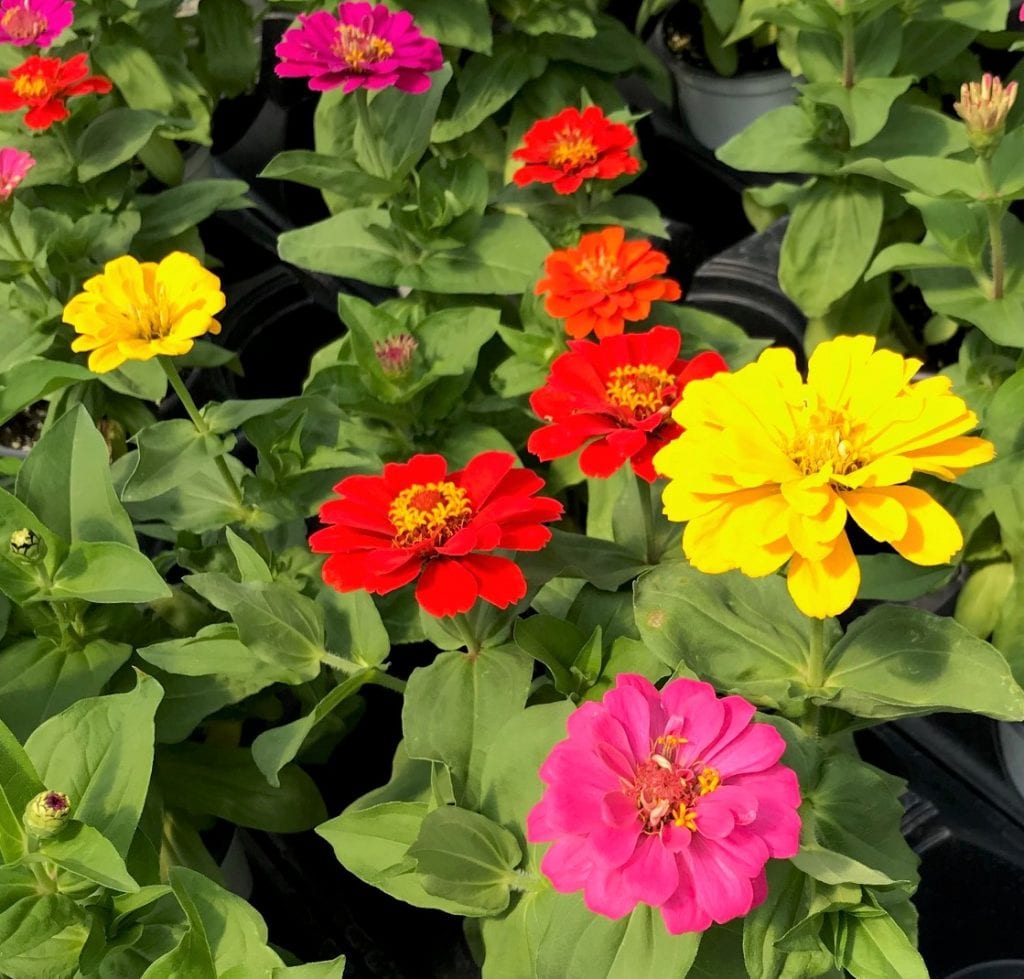The Zinnia Garden: A Colorful Display of Summer Blooms
Step into a world of vibrant colors and endless charm with the Zinnia Garden, a captivating display of summer blooms that will transform your garden into a breathtaking spectacle. Zinnias, with their diverse varieties, effortless propagation, and stunning beauty, is a gardener’s delight. From the delicate petals of the Lilliput zinnias to the towering elegance of the Giant zinnias, this article will guide you through the captivating world of these summer darlings. Discover the secrets of successful cultivation, from seed propagation to nurturing cuttings, and delve into pest and disease management. Prepare to be enchanted by the Zinnia Garden, where nature’s artistry unfolds in a symphony of colors and forms.
Exploring Different Types of Zinnia

With their vibrant hues and diverse forms, Zinnia captivate the hearts of gardeners and nature enthusiasts alike. Four stand out as emblems of their captivating beauty among the numerous zinnia varieties.
Zinnia elegans, the most ubiquitous of the zinnia clan, boasts large, striking flowers that adorn gardens in a kaleidoscope of colors. With their stately presence, these zinnias make a bold statement in any garden setting. Most grow 24″ or taller.
Zinnia angustifolia, in contrast, exhibits a more petite charm. Its narrow leaves and smaller flowers lend an air of delicate grace to any garden. These compact zinnias are ideal for smaller spaces or adding elegance to borders and containers. Short, bushy growth habit.
Zinnia haageana, also known as the cactus zinnia, stands out with its unique, spiky petals resembling cactus. This zinnia variety adds an element of intrigue and texture to the garden, making it a conversation starter among gardening enthusiasts. Most grow 24″ or taller.
Last but not least, Zinnia marylandica brings an effortless charm to the garden with its profusion of single or semi-double flowers. These zinnias, available in various colors, are known for their hardiness and adaptability, making them popular among gardeners of all levels. 12″-18″ tall and 18″-24″ wide growth habit.
Zinnia Propagation: Seeds, Cuttings, or Transplants
When to Plant Zinnia Seeds
Seeds can be started indoors 6-8 weeks before the last spring frost or be sown directly outdoors after the last spring frost. If starting seeds indoors, they should be planted in a well-draining soil mix and kept in a warm, sunny location. Seeds will germinate quickly in 7-10 days.
How to Plant Zinnia Seeds
Planting zinnia seeds is easy! Scatter seeds over soil and cover with soil or vermiculite until seeds can not be seen. Water well but not enough to float seeds to the surface.
Growing Zinnias from Cuttings
Cuttings can be taken from healthy zinnia plants in the spring or summer. Cuttings should be 4-6 inches long and taken from the tips of the stems. Remove the bottom leaves from the cuttings and dip them in the rooting hormone. Cuttings can be planted in a well-draining soil mix and kept in a warm, sunny location. Cuttings will root in 2-3 weeks.
Once zinnias have been planted, they should be watered regularly, especially during dry spells. Zinnias also benefit from being fertilized every 4-6 weeks with a balanced fertilizer. Deadheading spent flowers will encourage new blooms.
Zinnia transplants are readily available at many local independent garden centers. It’s an easy way to get a jump start in the garden.
Zinnia Pests and Diseases
Zinnias are susceptible to several pests and diseases, but these can be prevented and treated. One of the most common pests that affect zinnias is aphids. Aphids are small, green insects that feed on the sap of plants. They can cause leaves to curl and turn yellow, and they can also transmit diseases. To prevent aphids, spray your zinnia plants with a strong stream of water or use an insecticidal soap. If you find aphids on your plants, you can treat them with a neem oil spray or a pyrethrin-based insecticide.
Another common pest that affects zinnias is spider mites. Spider mites are tiny, red, or brown insects that spin webs on the undersides of leaves. They can cause leaves to turn yellow and drop off, and they can also transmit diseases. To prevent spider mites, spray your zinnia plants with a strong stream of water or use an insecticidal soap. If you find spider mites on your plants, you can treat them with a neem oil spray or a miticide.
Powdery mildew and bacterial leaf spot are common diseases that affect zinnias. Powdery mildew is a white, powdery fungus that grows on the leaves of plants. It can cause leaves to turn yellow and drop off and reduce the plant’s ability to photosynthesize. Bacterial leaf spot is a black, water soaked fungus that usually starts near the base of the plant. To prevent, you can water your zinnia plants at the base of the plant and avoid getting water on the leaves. You can also spray your plants with a fungicide. If you find either of these diseases on your plants, you can treat them with a neem oil spray or a copper fungicide.
Following these tips can help prevent and treat pests and diseases on your zinnias and keep your plants healthy and beautiful all summer.
